Glocalization-a comprehensive solution to local problems!
Authored by Agam Chaudhary, CMO – Digitalabs; Digital wing of Laqshya Media Group.
Globalisation is something which hit us like a tornado, and the world hasn't been the same since then. India has threaded through the borders, which seemed huge and looming just a few decades back, and there are not many things which are unattainable to our country anymore. Even though global access has arrived at us at a dizzying speed, we need to ask ourselves- is our country 100% ready for the same? With a country so layered and filled with explosive colours like ours, we need an approach which both simultaneously universalizes as well as particularizes, helping the country keep pace with the rest of the world, without isolating and undermining the problems which are particular to us as a country. This is where glocalization comes in!
Glocal What?
Glocalisation is a refreshing take on globalisation, but with compassion. A glocal approach is characterised by both local and global consideration, with both being intertwined at a core level. Glocalization insinuates that growth should not only be at a continental level but well aligned with a nod of approval to our local tendencies. They can both coexist, and thrive and appeal to people in a very relatable level. Glocalization understands that different cultures, classes, backgrounds have diverse requirements, and there is no universally appealing solution to fit all. People love nostalgia, and familiar, which makes taking local approaches to a global problem makes it endearing and relatable to the complexity of human nature. It makes the customer feel understood and taken care of, just like that familiar song from your hometown or that bowl of a home-cooked meal.
How are brands doing it?
Some of the brands which have glocal their approach are highlighted below, and these are a few names. The world is buzzing with glocal convergence!
Starbucks: Starbucks has introduced drinks like Chai tea latte and matcha latte, which are a hot favourite worldwide but are inspired from Asian countries. During the recent Dragon Boat Festival, Starbucks served “Zongzi”, a traditional chinese dish, which has met the expectations of the local chinese customers. Being an inherently tea-drinking community, glocalization is an important aspect for Starbucks.
McDonalds: Having a vast presence in all over the world, McDonalds caters to a variety of communities. They also chance their core menu accordingly to meet the local palate. For example, in the Arab countries McArabia Chicken, is a popular choice, while McAloo Tikki is more suitable vegetarian option for the Indians.
TacoBell: A famous Tex-Mex restaurant adopted to the Singaporean culture by not using Gidget, the Chihuahua, the restaurants mascot in any advertisements, as local communities perceived dog as impure. Similarly, Taco Bell developed a fusion product – Kotito, a combination of Indian bread with burrito fillings from the inside, which is a nod to the Indian cuisine.
HUL (Hindustan Unilever Limited) India: As the Indian way of buying things had some concerns initially, FMCG biggies like HUL decided to nip the problem in the bud by introducing sachet sized products which are not only easier to access but are also far more economical. Somebody who is reluctant to buy a huge bottle of shampoo will now be able to buy and use the same, which not only encourage market penetration, but also is convenient and pocket friendly for the customer. As an effect, 4 billion shampoo sachets are sold annually, which constitutes 70% of total sales in India.
Glocalisation trends can be various but the effect is the same: Tweak the global to appeal the local. This can be done through
- Using real faces from various communities in ads.
- Using language diversity to the brand’s favour
- Taking into account the local festivities and celebrations.
- Using national nostalgia and emotions to a brand’s favour
Impact on the brands
Just two decades back, there were only a few brands which were available for our country and now big international has penetrated in the indian market and cozied up in our lifestyle. At first, people were cynical and intimidated by them, but by tapping into their local psyche, the brands were more trusted and accepted over time. Globalisation is no more of a national level but is more of a community level, distributed in bite-sized pieces across the country with strategies which are more palatable to that particular community or region, stepping through not only territorial, but through mindset adaptation. Hence, more acceptance and more usage!
It is crucial to acknowledge the diversity of nature and is wary of the cookie-cutter approach to mould and define. Every client is approached with a glocal approach-meaning that the client is observed, the expectation is understood, the audience is identified and targeted with glocal strategies, making the client sought after from a 360-degree approach. A glocalised solution is simply a world-class solution that is customised to a very specific technological, regional, cultural, linguistic and other local levels of granularity, ensuring the message is not lost in a superficial cloud, and people can actually relate to any communication that takes place. This means, there needs to be a solution which will click for all our client-from next door ice-cream parlour who needs more visibility, to a handloom artisans looking to sell his products, to a huge network service provider expecting to tap into the psyche of all regional audiences It just a matter of finding the right wavelength, just like finding a radio signal!
The bigger picture
Glocal is the way to the future. Globalisation had its moment, but we cannot tell the audience what to consume anymore. We can't tell them what is cool, what is trending, and how the rest of the world is doing it. The customer/audience of today is smart, layered, opinionated and progressive, and tweaking our services to adhere to the same dynamic mentality is just what is required. He acknowledges the wave of globalisation but is no stranger to the struggle that local overlook can cause to a brand and how important it is to tap into the local psyche. This means a glocal approach which is tailored to make sense to everyone individually and not created with a short-sighted vision.
About the Author
The Chief Marketing Officer (CMO) of Digitalabs which is digital wing of Laqshya Media Group, one of the largest independent marketing communications group in the country.
Agam Chaudhary is heading the digital wing [Digitalabs] of Laqshya Media Group. He is pioneering a team of talented digital marketing individuals and he operates as a prime strategist and a viable leader. His strong educational qualification in Patent & IPR, Digital Marketing from IIT along with his years of efficient experience acts as the backbone of the agency.



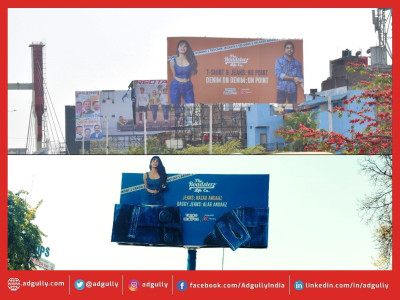

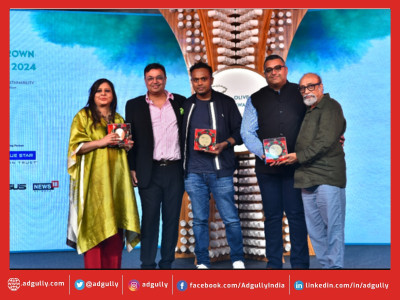
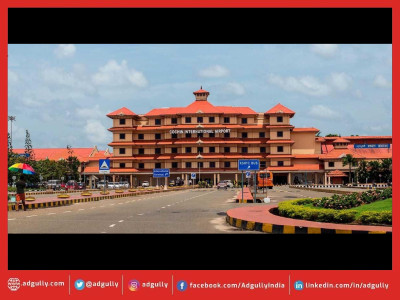
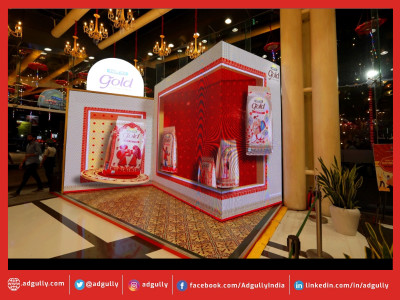

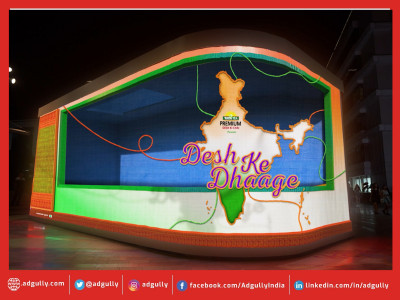
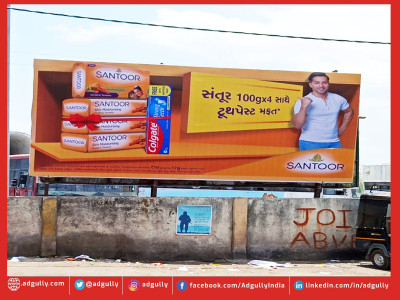

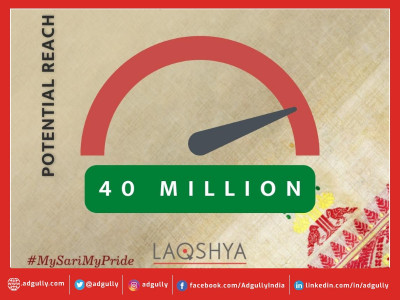




Share
Facebook
YouTube
Tweet
Twitter
LinkedIn